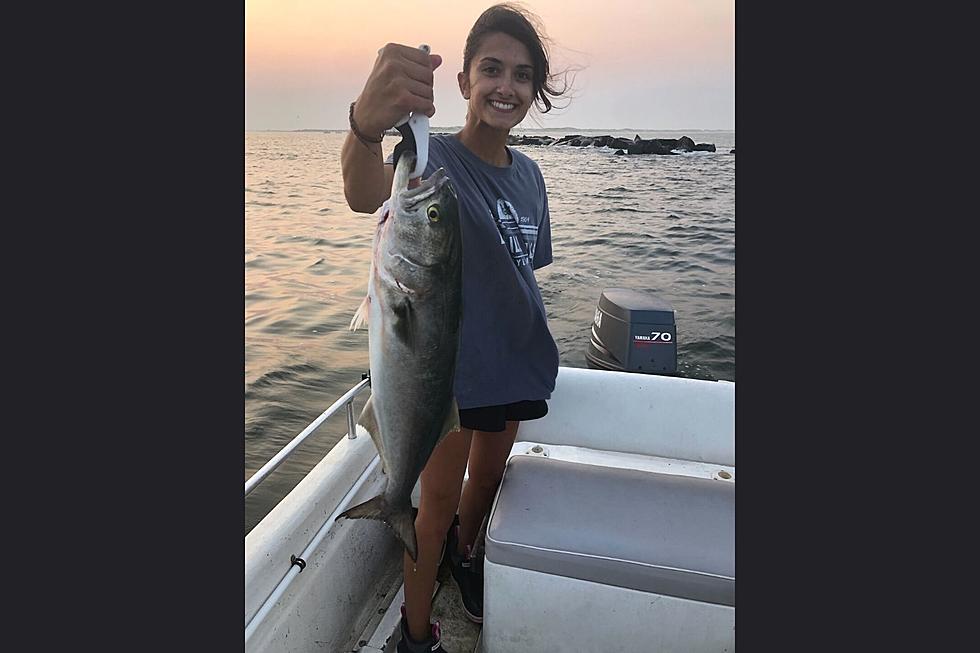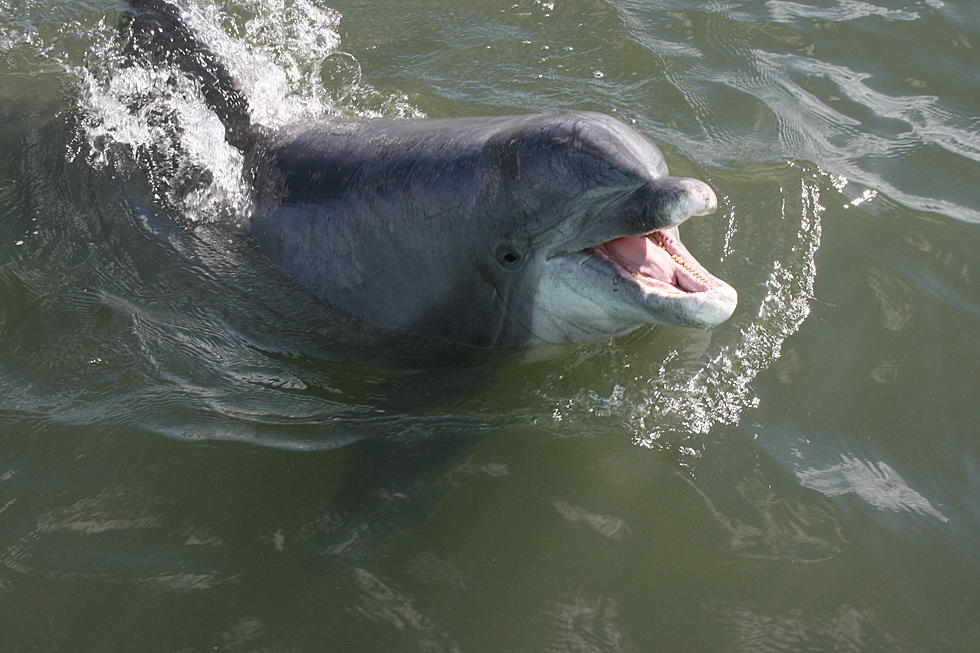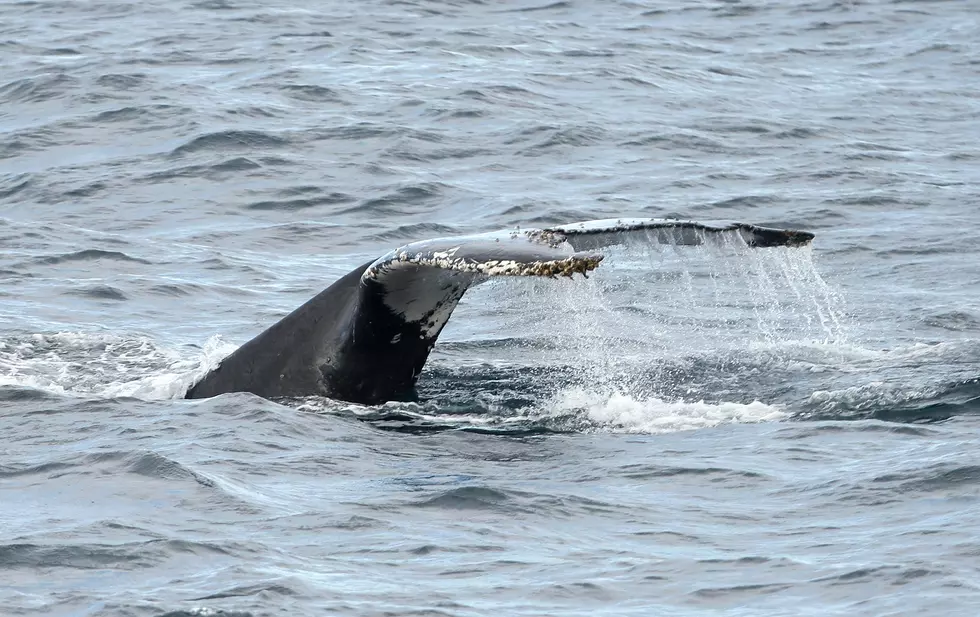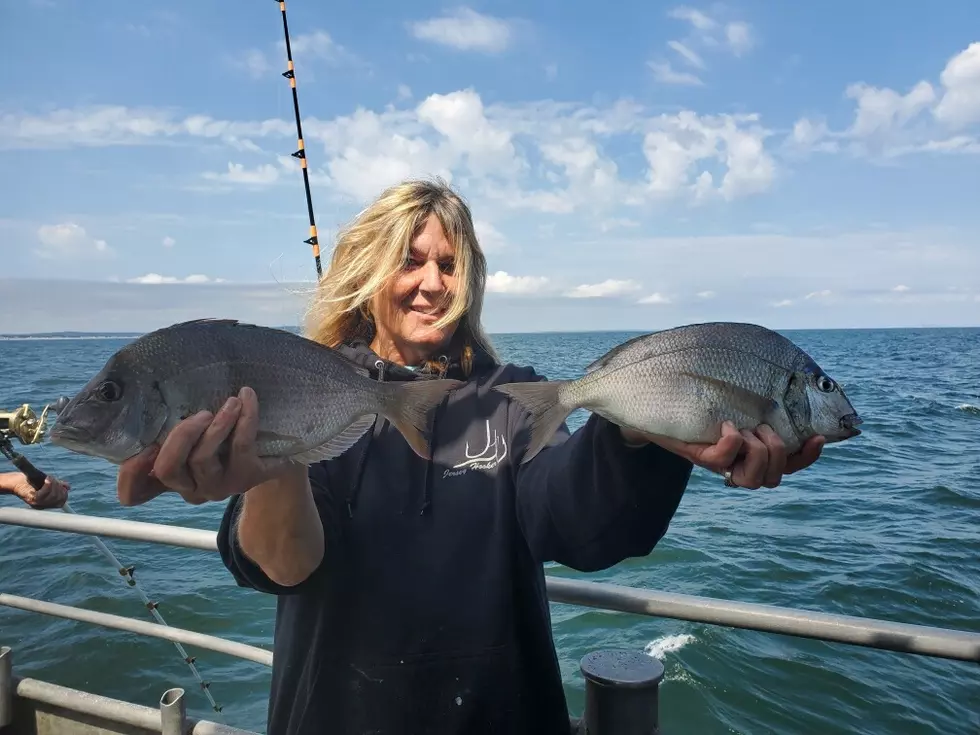
Timing Is Everything
Story by Tom Pagliaroli
The long-anticipated return of autumn weather, with its chilling of the salty waters, has jump-started the autumn migration of that most prized gamefish: the striped bass.
A.k.a. “striper”, “bass”, linesider” and “rock”, this bad attitude bruiser is on its way southward along the coast and will hopefully, for beach-based anglers, be within casting distance.
And it’s all based on the bait or, rather, where the bait chooses to be.
Last October-through-early December proved an overall bust for the sand soldiers as the bass stayed anywhere from 200 yards to a half-mile off, gorging on the vast schools of migrating bunker. It was especially frustrating (trust me on this one) to watch through binoculars as the gulls and gannets dive-bombed the menhaden mobs pouring down a couple of football fields east of the beach, and either the huge toilet bowl-like flushes of striped bass inhaling them or the carmine-stained slashes of white water as the bluefish tore into them on top.
To be sure, the boat boys did extremely well, with the plug ‘n popper suds tossers, and those lobbing fresh cut bunker baits, doing, well, not so good.
But there are always exceptions.
“Big Johnny” Matts walked into Surf City Bait & Tackle to purchase a pair of fresh bunker that Indian Summer-warm late October afternoon and was then going to cruise the beach with striper savant cousin Greg. With only a couple of hours to fish before he had to leave for an appointment in center city Philly and the headache of the anticipated traffic and parking nightmare, he depended on Greg to point a spot.
The tide was almost dead low and the sun was blindingly bright in the azure sky. Not exactly the most conducive fish-catching situation. No matter. Sand spikes in, fresh bunker chunks hooked and heaved, and rods in the sand spikes. About an hour later, he and Greg were back at the shop, an official weigh station for the October-through-November Long Beach Island Surf Fishing Classic. Wedged in the massive cooler in the front carrier was a still alive bass that brought the certified digital readout to 48-lbs., eventually proved not only the winner of the cash and merchandise-rich Classic, but also the victor of the Surf City Bait & Tackle and Fisherman’s Headquarters high dollar tournaments as well.
“I just wanted some down time and to fish with Greg before going to Philly. He chose the spot,” shrugged the 6’4” barrel-chested retired long haul trucker.
Bottom line (pun intended): right place at the right time.
Such is the dealio when fishing the sands during the intense autumn migrations of both baitfish and gamefish. There is no “bad time” to cast a bait, bucktail, plug or metal, as Matts’ “cash cow” striper proved.
Of course, some times, at least on paper, will appear better than others. Still, if you only have a short window and/or the weather is suspect and/or conditions are iffy, well, go anyway, especially if you have skin (read: $$) in the tournament game.
Tournament Time: Speaking of tournaments: this year’s 64th Annual LBI Surf Classic continues through December 9. It’s a three-segment format that is rife with cash and merchandise prizes on a daily and segment basis. For example: the largest bass weighed during October 31 will win $500 dollars. How’s that for a treat instead of a trick? There are categories for striped bass, bluefish and red drum. The entry fee is $30 ($15 for youth 17 and under) and you can register up to the last day of the competition. Registration sites are Fisherman’s Headquarters (Ship Bottom), Captain’s Quarters Bait & Tackle (Long Beach Twp.), Jingles Bait & Tackle (Beach Haven) and Surf City Bait & Tackle.
South Zone Quack Up: The South Zone duck seasons opens Saturday, and indications are the gunning for delectable, hard to hit teal and wood ducks, the primary early season south-bound travelers, will be intense, as populations are steady. The daily duck limit for teal is six, the woody max bag being three. Don’t be surprised if a mallard or black duck wings by or sets into the decoy spread. The blackie limit is three, the mallard limit is four, and can include no more than four hens.
More from The Hawk:
More From 105.7 The Hawk









